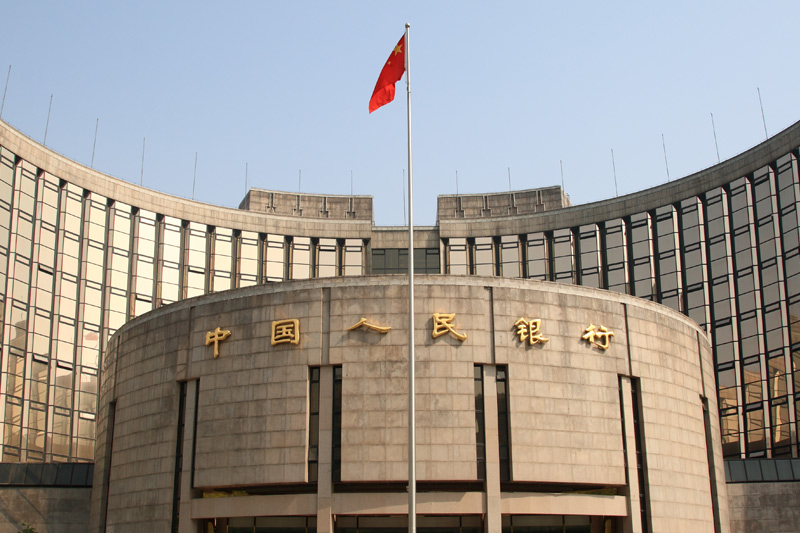(Bloomberg) -- China is giving its central bank greater regulatory powers while merging the watchdogs responsible for banking and insurance, a key move in the nation’s campaign to curb risks in its financial sector.
The China Banking Regulatory Commission and the China Insurance Regulatory Commission, which together have oversight of $43 trillion in financial assets, will be merged in the biggest industry overhaul since 2003. Certain CBRC and CIRC functions, including drafting key regulations and prudential oversight, will be moved to the People’s Bank of China, according to a proposal unveiled Tuesday during the annual session of the National People’s Congress.
"The merger will effectively curb regulatory arbitrage, which was rampant among financial institutions in the past two years as they were overseen by different watchdogs," said Larry Hu, chief China economist at Macquarie Group Ltd. in Hong Kong.
This new entity will be central to President Xi Jinping’s campaign to curb financial risk, which culminated last month in the unprecedented government takeover of Anbang Insurance Group Co. With the stage now set for Xi to rule beyond 2023, his policy of reducing debt -- which stands at about 260 percent of output -- may extend over a longer time horizon.
"Finance is core to a modern economy and we must pay high attention to prevent financial risks and safeguard national financial security," the proposal said, adding that it is intended to fix any overlaps in regulatory oversight.
China announced the creation of a new Financial Stability and Development Committee in July, and since then watchdogs overseeing banks, insurers and the stock market have intensified efforts to clamp down on shadow financing and other perceived risks. The regulators have focused on curbing the growth of wealth management products, trust products, and interbank liabilities, which fuel a vast parallel-financing industry in China.
PBOC Powers
Other signs of the growing power of the central bank include the PBOC’s adoption of a so-called Macro Prudential (LON:PRU) Assessment framework, to better gauge risks in the entire financial system as well as the health of individual institutions. Off-balance sheet wealth management products and other shadow banking activities were later included in the MPA.
The CBRC under Chairman Guo Shuqing has also shown its teeth by slapping a record amount of fines on financial institutions for such offenses as concealing the true extent of their bad loans. The CIRC’s chairmanship, on the other hand, has been vacant since its former head Xiang Junbo was removed in April amid a corruption probe.
Some insurers, including Anbang, boosted sales by selling high-yield, short-term products in the past few years and used the proceeds to fund a buying spree in listed companies and overseas trophy assets. That prompted the nation’s top securities regulator to slam those using leverage to acquire shares as “robbers.”
Since 2016, the CIRC tightened scrutiny on the short-term products and restricted acquisitions by insurers.
Other signs that regulators have been getting to grips with risks include:
- WMPs, one of the most dangerous corners of the country’s shadow banking industry, grew merely 1.7 percent in 2017 after an average annual growth of about 50 percent between 2013 and 2015
- Interbank liabilities fell in 2017 for the first time in seven years
- Over 2.9 billion yuan of penalties and confiscations of funds were imposed on 1,877 financial institutions in 2017, a 10-fold surge from the previous year
- Some 270 banking executives were punished, including being banned from the industry for life
The crackdown on risks has fallen mostly heavily on China’s smaller banks, which have seen their borrowing costs rise as a result of the deleveraging campaign. Larger banks have been able to fall back on their extensive retail deposits for funding.
China is home to four of the world’s 10 largest banks by assets: Industrial & Commercial Bank of China Ltd., China Construction Bank Corp., Agricultural Bank of China Ltd. and Bank of China Ltd.
Bloomberg News was the first to report the plan to merge the CBRC and CIRC in January.
